Vendee Globe: A High Risk Event
Published on October 30th, 2016
The eighth Vendée Globe, which begins November 6 from Les Sables d’Olonn, France, is the only non-stop solo round the world race without assistance. For the 29 skippers and their IMOCA 60s, completing the race will be a test of their physical limits:
Faster than ever before. More uncomfortable than ever before. The last vestiges of comfort have long gone. But more than ever the risk of injury is a big worry, not necessarily race ending damage to the skipper, but even strains, sprains, bruising and lacerations which would compromise their efficiency.
Even when you are sitting in your cockpit, in heavy seas, you can get thrown off your seat. It becomes impossible to pop your head outside without getting tons of water over you, meaning you run the risk of getting knocked over against the guard rail. The boat is more like a washing machine or submarine at that point, even if you are not yet in the heaviest conditions. This is the daily routine for the Vendée Globe skippers.
“As soon as the sea gets rough, the boat slams a lot and you can hardly stand up, as it is so violent. You have to plan ahead and protect yourself,” explained Armel Le Cléac’h, skipper of Banque Populaire VIII.
“If there is an accident because you didn’t anticipate the boat’s movement or lost your grip, there is the risk that you could get thrown around inside or in the cockpit,” stressed Jean-Yves Chauve, who has been the Vendée Globe Race Doctor for thirty years. “Any sudden slowdown and you can get a serious injury like Yann Eliès in 2008. You can also suffer internal bleeding.”
The movement of the foilers is different from the classic IMOCAs. The boats can accelerate and decelerate extremely rapidly. This forces the sailors to hold on tight at all times, to crawl around on all fours and to wear reinforced knee and elbow pads.
“I am well padded with protection,” Sébastien Josse confirmed. “I have knee pads and reinforced trousers. With the foilers, we are likely to see injuries we haven’t seen before. There could be broken jaws or ribs and lots of bruises.”
Some like Jean-Pierre Dick have rugby player type helmets to look after themselves when the seas get rough.
“You can’t forget this environment,” explained Dr. Chauve. “That’s the big problem. If you don’t rest enough, your attention wanders and that’s when accidents happen.”
Everyone has their own recipe for falling asleep quickly. Sébastien Josse wears sound cancelling headphones. “The boats are incredibly noisy, as it is like the inside of a drum. There is the slamming and the whistling caused by the appendages. I have these headphones, which are vital, s they allow me to get some rest and avoid tiredness building up.”
Quotes:
Yann Eliès, Queguiner-Leucémie Espoir: “We realise that life aboard a boat doing twenty knots is complicated. Eating, sleeping, washing, downloading weather files, everything is complicated. In extreme conditions, after three days like that you are worn out. I know that those with foilers are preparing for even harsher conditions.”
Armel Le Cléac’h, Banque Populaire VIII: “These are complicated boats, which are hard to sail solo. There is all the stacking, when you have to move around 800kg of equipment and sails. Physically, it’s not that easy. It’s a bit harder now with the foil housing; as that gives you even less room to go from one compartment to another. If the seas are nasty, the boat really slams and you can hardly stand up. It can be violent and you need to take that into account. You have to plan ahead and protect yourself. If you get injured, life becomes complicated.”
Jean Pierre Dick, St Michel-Virbac: “As soon as the wind gets up and the boat is raised up by the foils, the noise is incredible. The movements are violent with all the accelerations and decelerations. That’s something we are wondering about. Will we cope? Will we have to ease off and raise the foils to avoid breaking them? I think I’m going to need those knee pads and helmet.”
Sébastien Josse, Edmond de Rothschild: “It’s not that we are scared stiff like on a multihull, when we are on a foiler, as there is not the risk of capsizing, but it is more impressive in terms of the acceleration. You’re quickly up to 28-30 knots. On a multihull, you don’t go wandering around the deck. You go below and wait. The boat bounces off the water, which makes her unstable and complicates your movements.”
Jérémie Beyou, Maître Coq: “The boat is faster and accelerates and decelerates more quickly. The foils offer extra power, so the loads are bigger on the rig and on the winches. Trimming the sails is much more complicated. Any knocks are much more violent. It’s hard to move around. The appendages create a hell of a racket. It’s not much fun. These boats are no pleasure to sail. They really make you suffer. You just have to put up with it for a few weeks or months. When the boat is doing 20 or 25 knots, any knock really hurts.”
Race details – Entries – Facebook – VendeeGlobe TV
Background:
The eighth Vendée Globe, which begins November 6 from Les Sables d’Olonn, France, is the only non-stop solo round the world race without assistance. Twenty-nine skippers representing four continents and ten nations will set sail on IMOCA 60s in pursuit of the record time set by François Gabart in the 2012-13 race of 78 days, 2 hours and 16 minutes.
For the first time in the history of the event, seven skippers will set sail on IMOCA 60s fitted with foils, which allow the boat to reduce displacement for speed gains in certain conditions. It will be a test to see if the gains can topple the traditional daggerboard configuration during the long and demanding race.
Source: Vendee Globe / Olivia Maincent / M&M


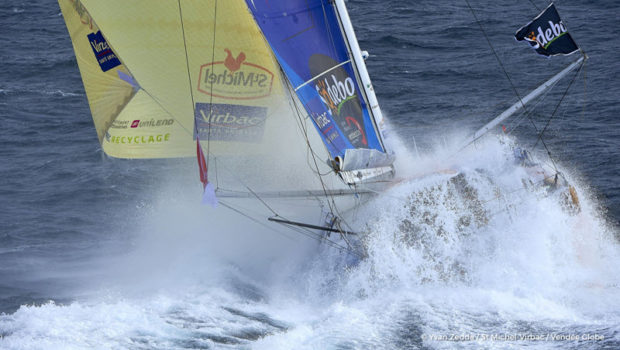

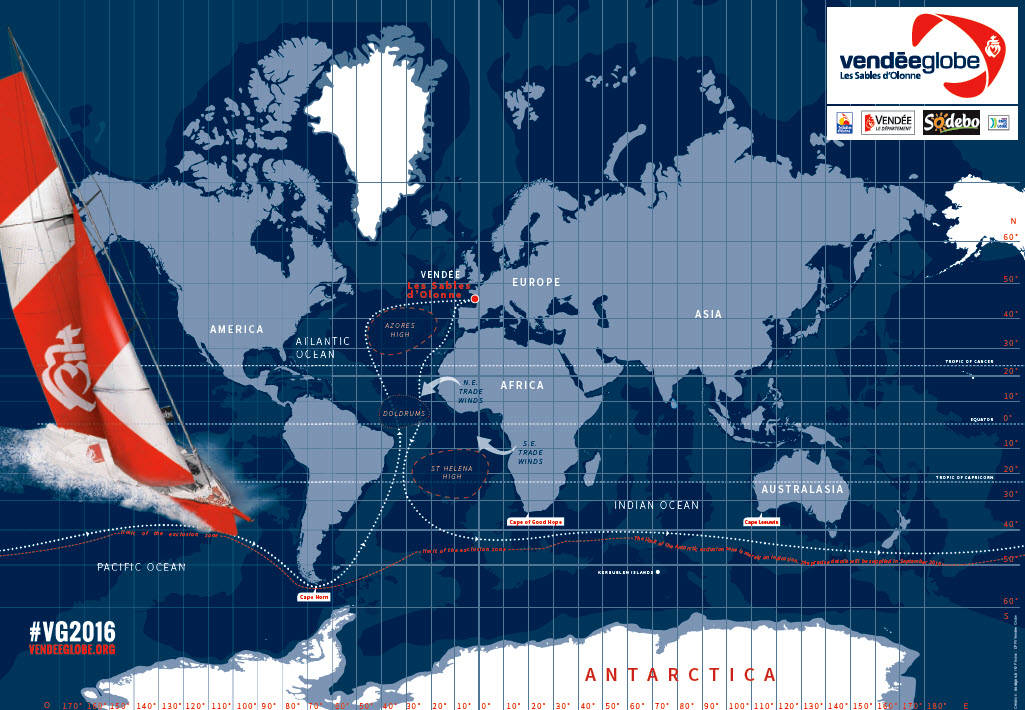

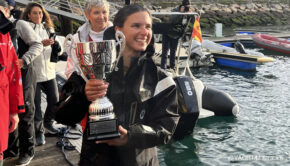
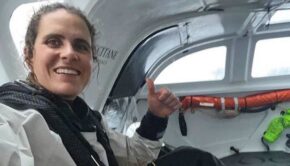
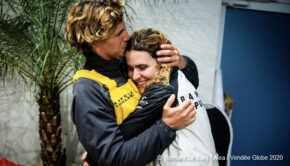
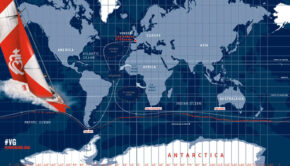
 We’ll keep your information safe.
We’ll keep your information safe.